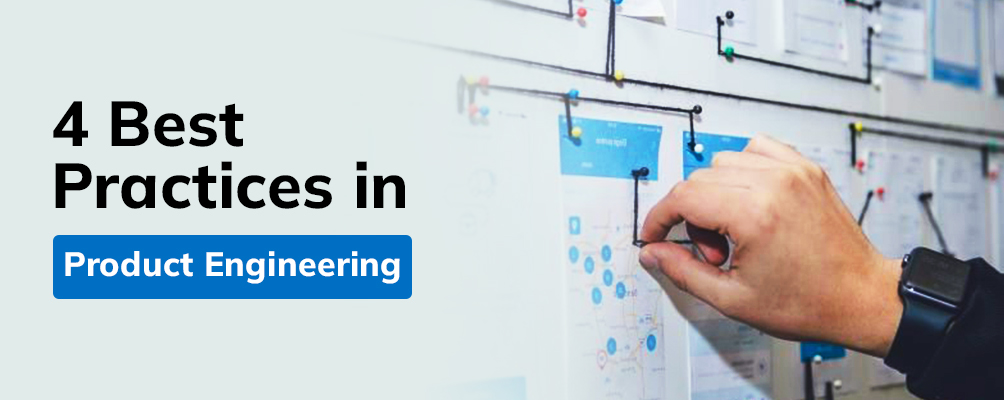
Product engineering is a process in which experts try to meet a specific user need with a software product. The product is also termed as Software as a service (SaaS). The process of creating such a product involves:
- Product Ideation
- Product Architecture
- Product Design
- Product Testing
- Product Migration and Porting
- Technical Support
- Sustaining Engineering
- Professional Services
The different phases are a part of the product life cycle. Throughout this cycle, product engineers stay connected with the customers. From the initial stages of ideating software feature(s) to the launch of the feature, experts maintain a feedback loop with customers. The feedback loop helps in clarifying specific customer-need and the direction in which the product has to be taken. With clarity on the product idea, it is easier to strategize and design the product. This complete process is called a strategized engineering work.
Why product engineering requires a deep understanding of customers?
Product engineering is about creating a software/app/digital service that helps users achieve a solution that’s impactful. Product engineers can only create such an impactful solution when they know their customers deeply. Continuous interaction with customers will let you know:
- The impact your product is creating.
- Is there room for improvement?
- How can you make the product better?
Such feedback loops can be rewarding. You will know how much the product resonates with users. Additionally, you will also know your areas to improve. You will find how to serve your customers with a product that matters.
Not knowing your customers will result in a time-intensive process, having more assets than necessary, yet serving no results. On the contrary, keeping the customer in focus will help in strategizing the process and saving the assets for optimized implementation. Deep customer knowledge will also create a fluid team collaboration to develop a high-quality product.
What are the best practices for a successful product engineering process?
- Instead of remaining in the technology silo, every engineer must have expanded ownership to solve the user problem. In this way, the team will not remain just task-focused but will take calculated steps to meet user-requirement. Expanded ownership will make product, design, and engineering work as a single unit.
- Deciding on your minimum viable product (MVP) can be challenging. Starting small with the project scope will help you launch value-driven releases. You will learn what works for customers, and then you can implement the learnings in future offerings. The practice will help you reshape what you have already built into a valuable offering.
- You can keep everything from the atomic components of a project to typography, layout, palette, and other elements in one place. For this, you can use a design system, where all the design components can stay as one unit yet distinct. It will simplify manipulating the designs and observing the edge cases in real-time.
- Measure the results or outcomes of the new features. Only when you measure can you optimize the product. It is possible that a new release of your app is giving the desired result but is also resulting in an unexpected outcome. Measure, analyze, and optimize your product to host only the best deliverables.
During the process ensure excellent communication throughout the different departments. Irrespective of the roles of team members, they must all communicate clearly. It will help everyone stay on the same page. Stay in the communication loop with customers and within the team to create impactful deliverables.
No Comments